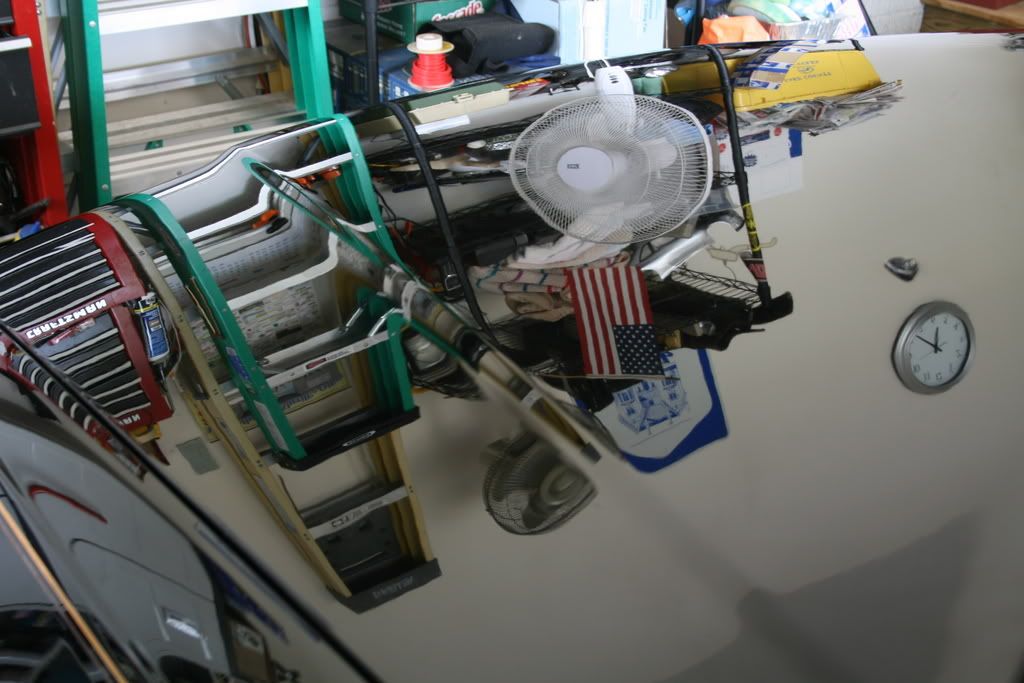wannafbody
wannafbody
You can cut a tree down with a penknife but is it the best choice:nervous2:
Follow along with the video below to see how to install our site as a web app on your home screen.
Note: This feature may not be available in some browsers.

iamwaxman said:I'll go on the record as saying this:
Based on my own experiences, a random-orbital can match or outperform a rotary.
That statement applies to final polishing and serious defect removal.
I will agree that for fast cutting of very heavy defects, a rotary is hard to beat.
smoknfastlegend said:- I guess my g100 is a freak of nature cause i removed 2000 grit wetsand on the hood of my legend. Took me like 3 applications of M83 with a yellow pad, but I dont have wet sand marks in my hood.




Holden_C04 said:I can see both sides of the coin...
1) I can complete a full correction with a PC and 4" pads, removing 99% or more of swirls. It takes quite a bit of time, though.
Flashtime said:A rotary can remove 1500/2000 grits efficiently. Some detailers or paint correction specialists do work on fresh paint.
I have a Dynabrade RO head attachment for finishing super soft clears... Rarely used but it is faster/better at times. So, having both is best.
David Fermani said:For clarification - define "serious defect removal" and "very heavy defects" and give us more feedback/senarios on how a RO can "outperform" a rotary
rydawg said:... a PC will NEVER match the power, cut, or precision of a rotary polisher.
TH0001 said:About wetsanding mark removal, I have NEVER seen it done to my standard. I have had forum members who claim they can do it try to show me. Any every single time I can see texture in the paint from the sand paper, very light, but still visible.
TH0001 said:I can see texture in the paint from the sand paper, very light, but still visible.
TH0001 said:About wetsanding mark removal, I have NEVER seen it done to my standard. I have had forum members who claim they can do it try to show me. Any every single time I can see texture in the paint from the sand paper, very light, but still visible.
At some level, I do not feel the PC has the power to level paint flat, but rather just rounds of the edges of scratches as it chases everything downward.
This doesn't mean you cannot visibly remove damage with a PC (because it does remove paint obviously) but how level is it really making the paint? Maybe I just suck with a PC, which is fine, because I never use one. But that also means that the guys who used to tell me they could remove wetsanding scratches with a PC sucked as well because I always could see the reminents.
I am pretty good at wesanding and get the paitn absolutely satin with no tracers and even then it usually takes 2-3 passes with a wool pad an a sharp abrasive compound to remove all sanding scatches and texture.
tdekany said:While most of the original sanding pictures are gone, the car is still looking fantestic.
He sanded his whole car and used a PC.
It can be done to high standards on some paints.
Altezza Detail(IS200 Import)Wetsand overload. A Biblically HUGE thread! Jetseal'd - Detailing World
